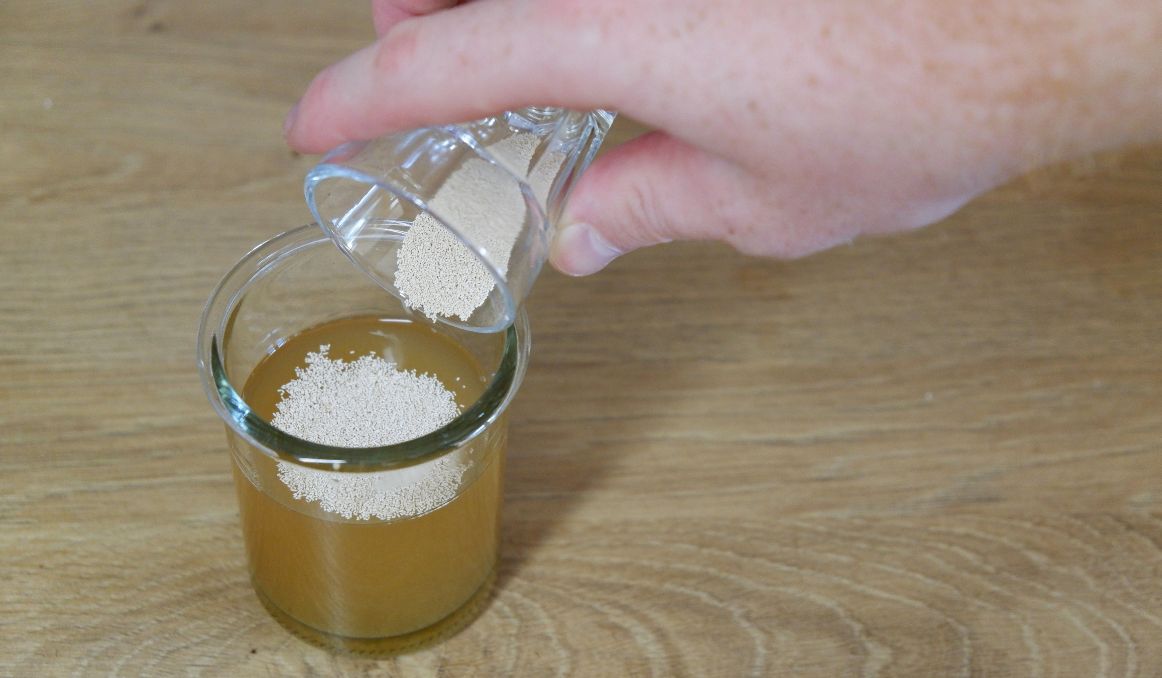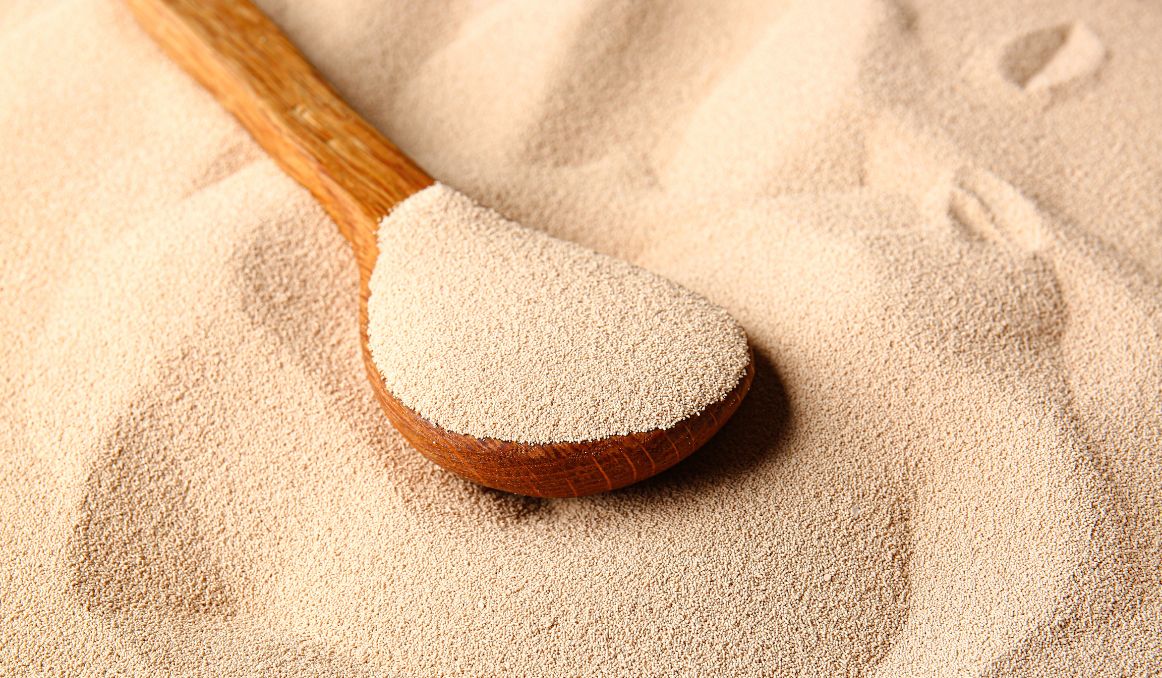How to Cultivate Yeast for Brewing
While many of the events of the most recent years in global politics and global economics have been harrowing for all of us, given a little bit of distance and reflection, they have actually given us many gifts.
A global pandemic made us all take a closer look at our health houses.
Natural disasters have made us think about our preparedness.
And supply chain issues have given us insight into how self-sufficient we can actually be.
When things were easy, we were able to grow a bit complacent, always relying on doctors, governments, and manufacturers to provide us with all the answers.
Turns out, they don’t have all the answers.
The silver lining is that we actually have a lot of those answers within ourselves.
We can exercise more and eat better for our health.
We can keep a week or more of food and supplies in our homes.
Many people are even returning to well systems and installing solar paneling to their homes to not have to worry about water and power loss.
And even ten years ago, you would not have found so many people looking at ways to grow their own food.
That includes brewers and vintners.

Yeast, Wild, Native, Cultivated
What was once so natural, wild yeast, has long since become a thing of the past, even something to be feared.
Yet today, more and more breweries are heralding the discovery of native strains that really highlight their fermented beverages.
Realize of course that this is the way it has always been done.
For thousands of years, brewers relied on wild yeast to ferment their beer.
We could grow and harvest grain, we could even grow and harvest the hops.
But we could never simply grow yeast.
We had to rely on yeast to do what it did best.
Indeed, in the beginning, we did not even know what yeast was.
Ancient Egyptians called the fermentation of grape juice into wine a “miracle.”
And if you think about it, it kind of is.
What other process is as natural as fermentation?
A brewer can malt and grind grain, boil and steep it, and then leave it out.
Within a week or two, he has ale.
It really is a miracle.
Nature, Interrupted
And everything was moving along just fine until industrialization came along and interrupted the natural process.
Thanks to French scientists Louis Pasteur, who told us what yeast was doing in beer as it fermented, and thanks to the rise of capitalism and the urge to make a profit off of everything possible, yeast was co-opted by corporations and sold to brewers for a price.
And of course, there is great value in industrialization.
It gave us the assembly line, the simplification of labor, and even women’s rights to an extent.
But it was not all rainbows and butterflies.
In brewing, brewers could always count on a sustainable supply of yeast from nature because yeast really is virtually everywhere.
There is no reason not to simply continue on in that vein.
But yeast manufacturers sold us on the idea that we could simplify brewing by buying packaged yeast.
They even told us that it would be more hygienic and more viable if we purchased manufactured yeast.
When the reality is nothing could be further from the truth.
The truth is that alcohol kills anything toxic or unwanted during the fermentation process, so any fears of harmful bacteria or yeast getting into your beer in the long run are mostly unfounded.
It is highly unlikely that you will brew a beverage that can make anyone sick with wild yeast.
Indeed, more and more breweries are turning to wild yeast now to make their local craft beer more authentic.
Hence, the interest in learning how to cultivate yeast for brewing.

You do not have to buy yeast from a manufacturer. You are not reliant on a supply chain to get your most essential product to your door, and you don’t have to worry about low viability percentages with wild yeast, or even with yeast cultivated from a beer bottle.
Indeed, you are much more likely to end up with low viability from a yeast manufacturer, which, of course, you can always improve upon.
How to Cultivate Yeast for Brewing
There are several ways to cultivate your own yeast for brewing.
You can start with a manufacturer’s strain.
You can cultivate from your favorite brew.
Or you can cultivate from the wild.
To start with a manufacturer’s strain, you simply buy a small package of yeast that you want to start with and propagate it.
To propagate yeast, you will grow it from a small amount of biomass to a much larger amount which will allow you to pitch it into your next brew.
You can then crop the yeast from that batch and propagate still more, keeping yourself with a steady supply of yeast and ideally never needing to buy from a manufacturer again.
Check out these articles for more on how to propagate the yeast:
To cultivate from a bottle, you will need probably three or four bottles of your favorite brew.
Pour the bottle out into a glass to drink from, leaving the bottom of the bottle, where the residual yeast will be lying dormant.
Collect four bottles’ worth of that sediment and then “rinse” it by swirling it all around in a container with filtered water and allowing the yeast to settle at the bottom for about a day. Then pour the water off and either rinse again or begin the propagation process.
To cultivate wild yeast, you can set a handful of raisins in a jar, cover the fruit with water, place a lid loosely on top, and set the jar out under a tree.
Within a few days, you will see your water bubbling and frothing.
You have captured wild yeast.
You can drain off the liquid and begin the propagation process.
The key in cultivating yeast is to experiment. Try different beers, different strains, different fruits, and pitch small batches to see what you end up with.
Before you know it, you’ll be an expert is yeast cultivation and propagation, and people will be coming to you for advice.
And beer of course.
Cheers!
Are you still pitching fresh yeast every time? By reusing your yeast, you can save up to hundreds of thousands of dollars per year on just yeast alone!
Join the hundreds of brewers from all around the world using the Smartest Automated Yeast Cell Counter! Request a Free Demo Account today and experience firsthand how Oculyze can take your brewery to the next level!
Stay on top on important fermentation insights – subscribe to our monthly newsletter and receive a hand-picked selection of our most relevant articles straight to your inbox.
Never miss a beat and get real time updates with a new article each workday by subscribing our social media channels.
Instagram | Facebook | Twitter | YouTube


